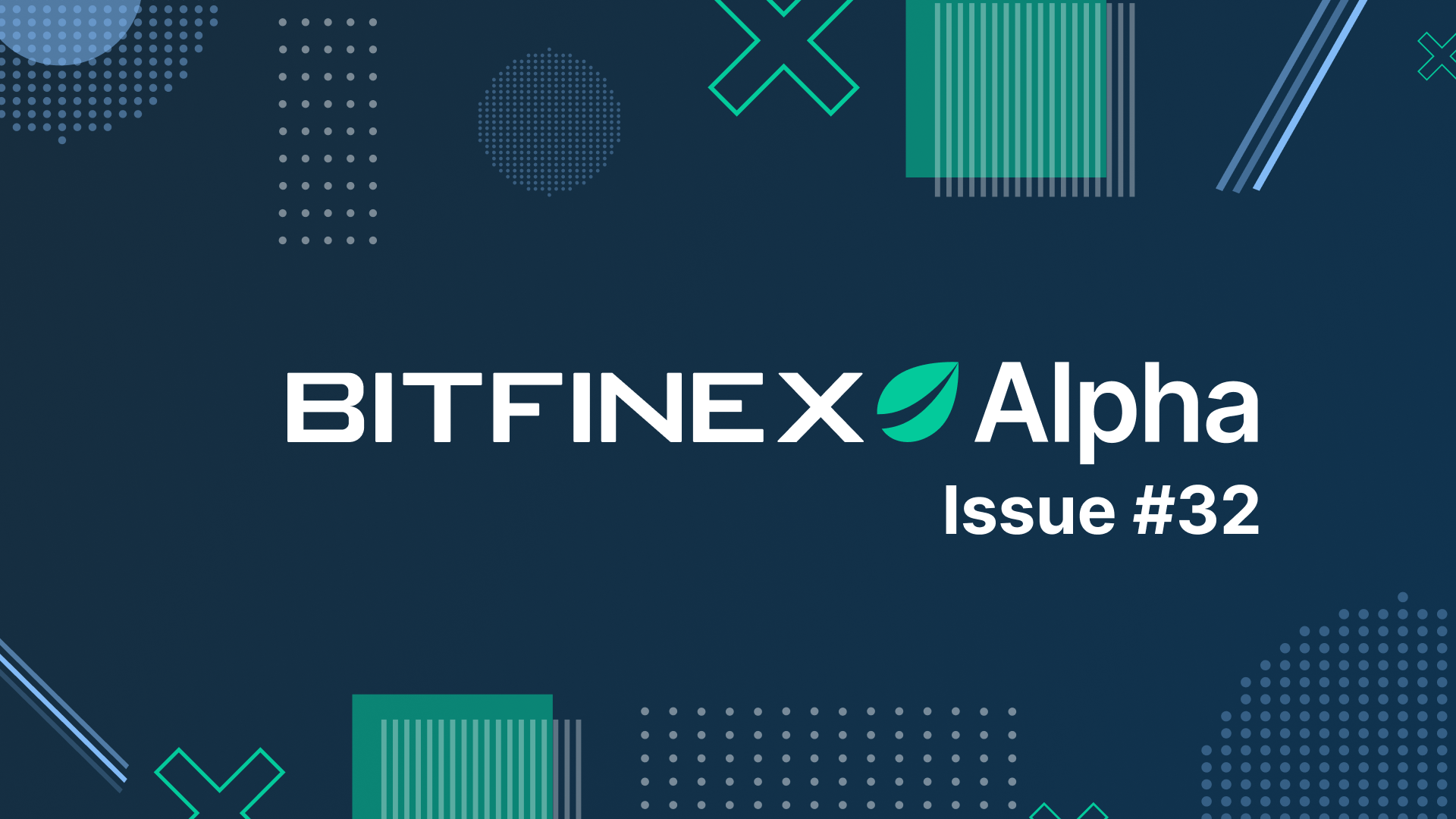
28 Nov Bitfinex Alpha | Bitcoin Holds Steady as Bond Markets Come Under Stress
To understand what condition an economy is in, it is almost always instructive to examine the behaviour of that economy’s bond markets.
Our analysis of the US bond market is not pretty. Not only is it highly leveraged, but as interest rates rise there is less investor interest in holding bonds. Yields are currently around four percent, but inflation is eight percent. Why would you hold an investment that essentially is providing negative yield?
Furthermore, although yields have spiked recently, that is because the market is seeing increased selling. And the sellers are not who you might think. As the Fed seeks to end quantitative easing, it is one of the main sellers in the market as it deleverages its balance sheet. China is also a seller, and so is Japan.
This selling, with few buyers, has led to unprecedented volatility and a lack of liquidity in the market. It is also increasing costs for the US government because as rates rise, it has to pay higher interest to service its own debt of $30 trillion. Every one percent rise in rates adds about $300bn in annual interest costs.
There are, therefore, two choices facing policymakers. Choose hyperinflation and print money to inject liquidity in the bond market, or raise rates and destroy demand and risk deflation.
It is an urgent issue. Recession in the US looks as if it is already upon us. With an inverted yield curve, two consecutive quarters of negative economic growth and expectations of negative earnings growth for S&P 500 companies, the prognosis looks grim.
There are some glimmers of positivity. The copper-to-gold ratio has been rising since July, indicating continued economic expansion, particularly in emerging markets. Equities have also been rising over the last week.
Our conclusion, without widespread job losses and actual negative earnings growth, the Fed has staved off recession so far, but we could still see a further downturn in 2023.
This week’s economic reports will tell us a lot. The highlight will be the jobs report on December 2nd, as well as the Fed’s preferred inflation measure – Personal Consumption expenditure (PCE) – to be reported on December 1st.
It is, therefore, no surprise that Bitcoin markets have held largely steady given the lack of clear direction. Aside from some quickly retracted Coinbase FUD from Binance, which briefly sank BTC below 16k, the largest crypto has maintained its composure.
Bitcoin withdrawals from exchanges continue, which we interpret as a healthy development – although the specific withdrawals taking place on Gemini indicate localised stress on that company as it seeks to raise capital.
The outcome of this trend, however, is that retail investors may be exiting completely because self-custody wallet balances have not surged at par with the depleting exchange balances.
More generalised selling pressure on BTC also seems to be evident. Bitcoin Miners have been net sellers amid the difficulty index reaching a new high; and long-term holders have increased their transaction activity following the collapse of FTX.
This crypto winter is cold. Be careful trading out there.



